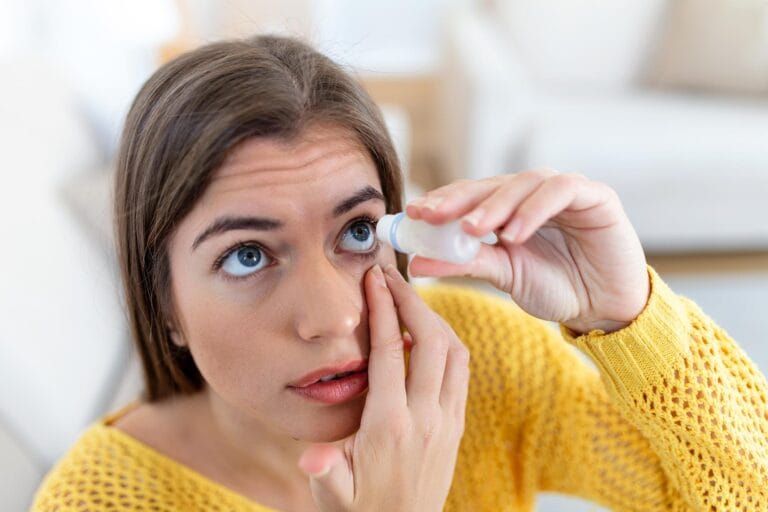
Know the Uses of Vitamin C in Cosmetics and Skincare

The Many Benefits of Vitamin C
Ascorbic acid, commonly known as vitamin C, is a water-soluble compound that functions as an antioxidant. Vitamin C is widely utilized in health supplements and as an ingredient in cosmetic formulations due to its benefits in enhancing collagen production and accelerating wound healing. Since vitamin C is not produced internally by the human body, it is essential for individuals to obtain it from external sources to meet their vitamin needs. In addition to its use as an oral supplement, vitamin C provides significant benefits for the skin when applied topically. The concentration of vitamin C in cosmetic products typically ranges from 3% to 25%, depending on the formulation type. Common concentrations include 3-25% for emulsions, 10-23.8% for serums, 10-25% for lotions, 2% for gels, and 0.5-5% for creams.

The chemical structure of ascorbic acid features two alcohol groups on the furan ring, which can oxidize into ketones. Vitamin C is a compound that is prone to degradation due to its susceptibility to oxidation at high temperatures. Environmental factors such as intense sunlight, alkalinity (pH), enzymes, oxidizing agents, and the presence of catalysts can accelerate the oxidation process of vitamin C.
Who is suitable for using vitamin C?
Vitamin C used in cosmetic formulations is generally a derivative of ascorbic acid that exhibits greater stability, such as magnesium/sodium ascorbyl phosphate, ascorbyl palmitate, L-ascorbic acid (LAA), and ascorbyl glucosamine. Each type of ascorbic acid offers distinct benefits while remaining water-soluble and possessing antioxidant properties. For individuals with sensitive skin, magnesium/sodium ascorbyl phosphate is advisable. This compound can be combined with benzoyl peroxide and salicylic acid to expedite acne healing and diminish scarring. Ascorbyl palmitate is known for its good stability and oil solubility, making it a common active ingredient in serums. This type helps protect the skin from signs of aging and aids in skin repair. For conditions characterized by hyperpigmentation, ascorbyl glucosamine is suitable due to its antioxidant richness and skin-brightening properties. L-ascorbic acid is appropriate for normal to oily skin; however, it is less stable and may cause irritation at high doses, though it is effective in skin repair, wound healing, and protection. The dosage and stability of these compounds in formulations must be carefully monitored to ensure safe use on the skin.
Prohibition of the use of vitamin C
The use of vitamin C comes with specific guidelines and contraindications for topical application. Vitamin C should not be used concurrently with retinol, AHA, BHA, or peptides, as both are active substances that can cause increased sensitivity, redness, and warmth when applied together. Additionally, the efficacy of both can be diminished due to competition for target compounds in the skin. Conversely, vitamin C is most effective when used alongside ferulic acid, ceramides, and hyaluronic acid, as these compounds work synergistically to enhance absorption, function, and stability in the skin. It is also essential to accompany the use of vitamin C with sunscreen during the day to protect the skin from UV radiation and reduce sensitivity.
Wait for our next article for more interesting information!
Author: Delfia
References :
Lulu, dkk. 2022. Review : Penggunaan Vitamin C pada Sediaan Kosmetik. Jurnal Cerebellum : 8 (3) : 30-34.
Leo, Rudi dan Anny Sartika Daulay. 2022. Penentuan Kadar Vitamin C Pada Minuman Bervitamin yang Disimpan pada Berbagai Waktu dengan Metode Spektrofotometri UV. Journal of Health and Medical Science. 1(2) :105-115.
Segall A, Moyano M. 2008. Stability of vitamin c derivatives in topical formulations containing lipoic acid, vitamins a and e. Int J Cosmet Sci. 30(6):453.



